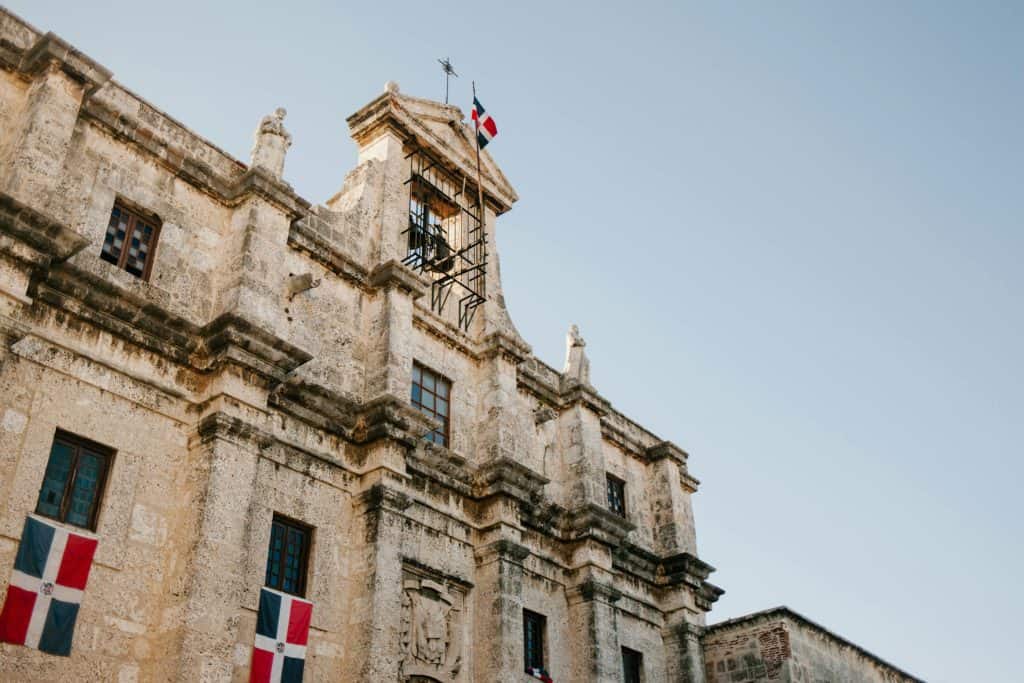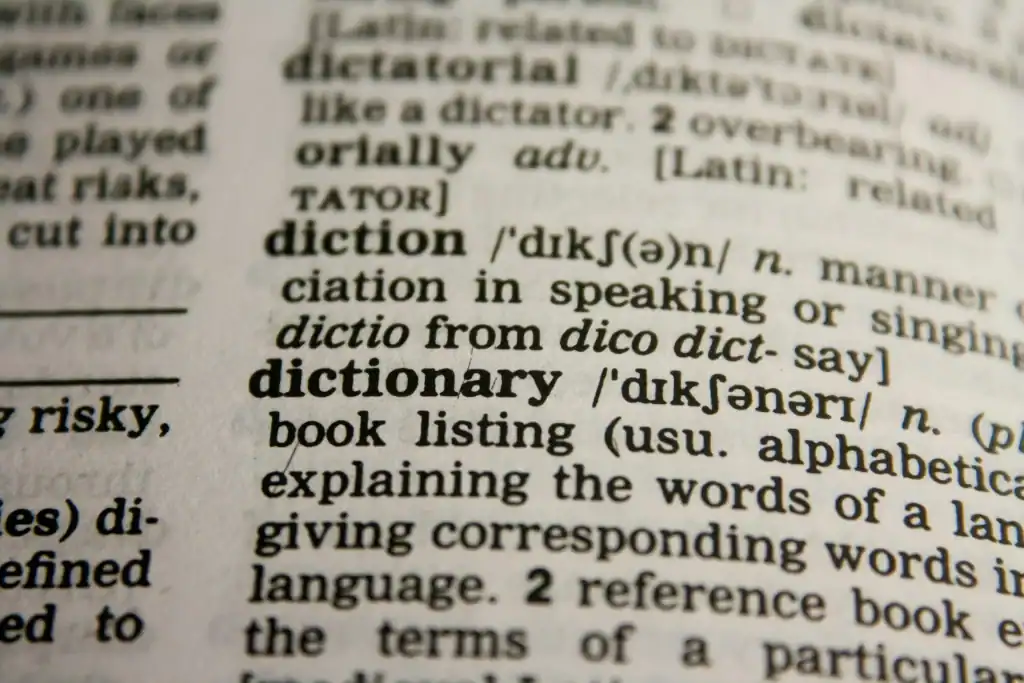Suds and Stories at the Dominican Car Wash
I still remember the first Saturday I rolled my dusty Toyota Yaris into Auto Lavado Don Pepe in Santiago de los Caballeros. Ten years in the Dominican Republic have taught me that a car wash is never just a car wash—it is an impromptu barbershop, a gossip hub, and a boot-camp for your Spanish Vocabulary. The speakers were rattling with old bachata, the air smelled of wet asphalt and fried yaniqueques, and a guy walking by offered me a cold Presidente. All I wanted was to get my car washed before a beach run to Cabarete; instead I got a full language workout.
Back then, my Spanish was sturdy enough for supermarket trips, yet fragile in real-world chaos. Words like brillado and siliconado flew past me faster than the rinse hose. I fumbled, paid for services I didn’t need, and drove off with tires shining brighter than my comprehension. That afternoon became my laboratory. Since then, every splash and squeegee stroke—whether in the DR or during my frequent detours to Colombia—has honed my ability to learn Spanish as an expat on the go. Today, I’m passing the sponge to you.
Decoding the Menu: “Lavado Completo”, “Brillado”, and Beyond
Lavado Completo: More Than a Simple Wash
Say “Quiero un lavado completo, por favor.” and watch heads nod with approval. Literally “complete wash,” it bundles exterior soap, interior vacuum, and window cleaning. In the DR, the attendant may add a complimentary dash of dashboard polish—“eso va de cortesía”. In Colombia, especially around Medellín, a lavado completo often omits tire shine unless you request it. The nuance matters: ask, “¿Incluye el brillado de gomas o es aparte?” (“Does that include the tire shine or is it separate?”) and you’ll save pesos and confusion.
Brillado: The Shine That Sparks Dialogue
Dominicans love that mirror finish; Colombians appreciate it but negotiate harder. The term brillado literally means “shining,” yet it can refer to tires, chrome, or the full body wax. Context is king. In Santo Domingo, someone might shout, “¡Ese carro está brillao!” translating roughly to “That car is lit!”—a compliment wrapped in street slang. This tiny piece of Spanish Vocabulary lets you sound local without over-polishing your accent.
Extras with Flavor: Aromatizante, Siliconado, Encerado
Every car wash menu hides flavor-filled extras. In Bogotá, I’ve been offered aromatizante de café, a coffee-scented freshener that makes your ride smell like a hip café in Chapinero. Back home in Santiago, siliconado is king: a silicone dressing that leaves interior plastics slick. When you hear encerado, think wax sealant. Try asking, “¿Cuánto vale el encerado con cera sintética?” to sound like you know what you’re talking about—and you do, thanks to strategic expansion of your Spanish Vocabulary.
Regional Ripples: How a Car Wash Becomes a Classroom
Sliding between the Caribbean swagger of the Dominican Republic and the Andean chill of Colombia keeps my ears agile. In the DR, interactions lean on rapid-fire tú. The moment you greet with, “¿Cómo ‘tamo, manín?” (Dominican- heavy for “How are we, bro?”) you unlock a playful exchange. In Colombia, especially when addressing an older attendant, respect tilts toward usted: “¿Me hace el favor de pulir los rines?” (“Would you please polish the rims for me?”). Oscillating between these registers gives your practical Spanish Vocabulary both rhythm and range.
Culture surfaces in gestures, too. Dominicans crack jokes while spritzing your windshield; Colombians may discuss last night’s fútbol match. Notice how both countries value human connection as much as the actual service. By weaving cultural observations into each vocabulary encounter, you absorb syntax alongside social cues—linguistic muscle memory built on suds and conversation.
Essential Spanish Vocabulary at the Lavadero
| Spanish | English | Usage Tip |
|---|---|---|
| Lavado completo | Full wash | Add “por dentro y por fuera” to stress interior & exterior. |
| Brillado de gomas | Tire shine | DR slang may shorten to “brillado” only. |
| Encerado | Waxing | In Colombia, specify “encerado con máquina” for machine buffing. |
| Siliconado | Silicone dressing | Great for dashboards; beware oily finish in tropical heat. |
| Aromatizante | Air freshener | Choose scent: “de coco” (coconut) wins Dominican hearts. |
| Pulido | Polishing | Often upsell item; negotiate price beforehand. |
| Chorro | Water jet | Caribbean slang; bold it in speech for flair. |
| Paño de microfibra | Microfiber cloth | Ask for this to avoid swirl marks. |
| Rines | Rims | Colombian cleaners use “rin”; Dominicans say “aro”. |
Study this mini-glossary, then sprinkle these terms in authentic exchanges. Your Spanish Vocabulary will bloom faster than soap bubbles on a hot June afternoon.
Example Conversation: From Hola to Hasta Luego
The following dialogue weaves Dominican looseness with Colombian courtesy so you can flex both styles.
Atendente (DR): “¡Dime a ver, jefe! ¿Lavado completo o solo un brillado?”
Attendant (DR): “Hey, boss! Full wash or just a shine?”
Cliente (yo): “Un lavado completo, pero con el brillado de gomas, ¿ta’ bien?”
Client (me): “A full wash, but with the tire shine, cool?”
Atendente (DR): “¡De una! Te lo dejo nítido.”
Attendant (DR): “Right away! I’ll leave it spotless.”
(Fifteen minutes later, in Colombia, scene shifts.)
Atendente (CO): “Buenos días, señor. ¿Desea que le haga pulido en los rines?”
Attendant (CO): “Good morning, sir. Would you like me to polish the rims?”
Cliente (yo): “Sí, por favor, y agrégueme un aromatizante de café.”
Client (me): “Yes, please, and add a coffee-scented freshener.”
Atendente (CO): “Con gusto. Eso queda en cuarenta mil.”
Attendant (CO): “With pleasure. That comes to forty thousand (pesos).”
Cliente (yo): “Perfecto. ¿Aceptan tarjeta?”
Client (me): “Perfect. Do you accept card?”
Atendente (CO): “Claro que sí, maestro. Pase por la caja.”
Attendant (CO): “Of course, sir. Go over to the cashier.”
Notice how the Dominican lines rely on casual tú and bold slang like **nítido** (DR), whereas the Colombian exchange stays formal with usted gentle courtesy. Echo these patterns to deepen your practical Spanish Vocabulary and impress locals on both shores.
Final Reflections: Let the Water Teach You
Language thrives in motion. Each time the hose whooshes across my windshield in Santiago or Medellín, I hear new verbs splashing against familiar nouns. Bouncing between these cultures forces me—and now you—to listen harder, code-switch faster, and cherish micro-differences. So pull up at the nearest lavadero, greet the crew in their local rhythm, and treat every rinse as a mini-immersion session. Your car will sparkle, your Spanish will shine, and your cultural map will gain vivid new contours.
If you’ve picked up quirky car-wash lingo in Panamá, Mexico, or beyond, drop it in the comments. Let’s keep expanding our collective Spanish Vocabulary one bubbly conversation at a time.


